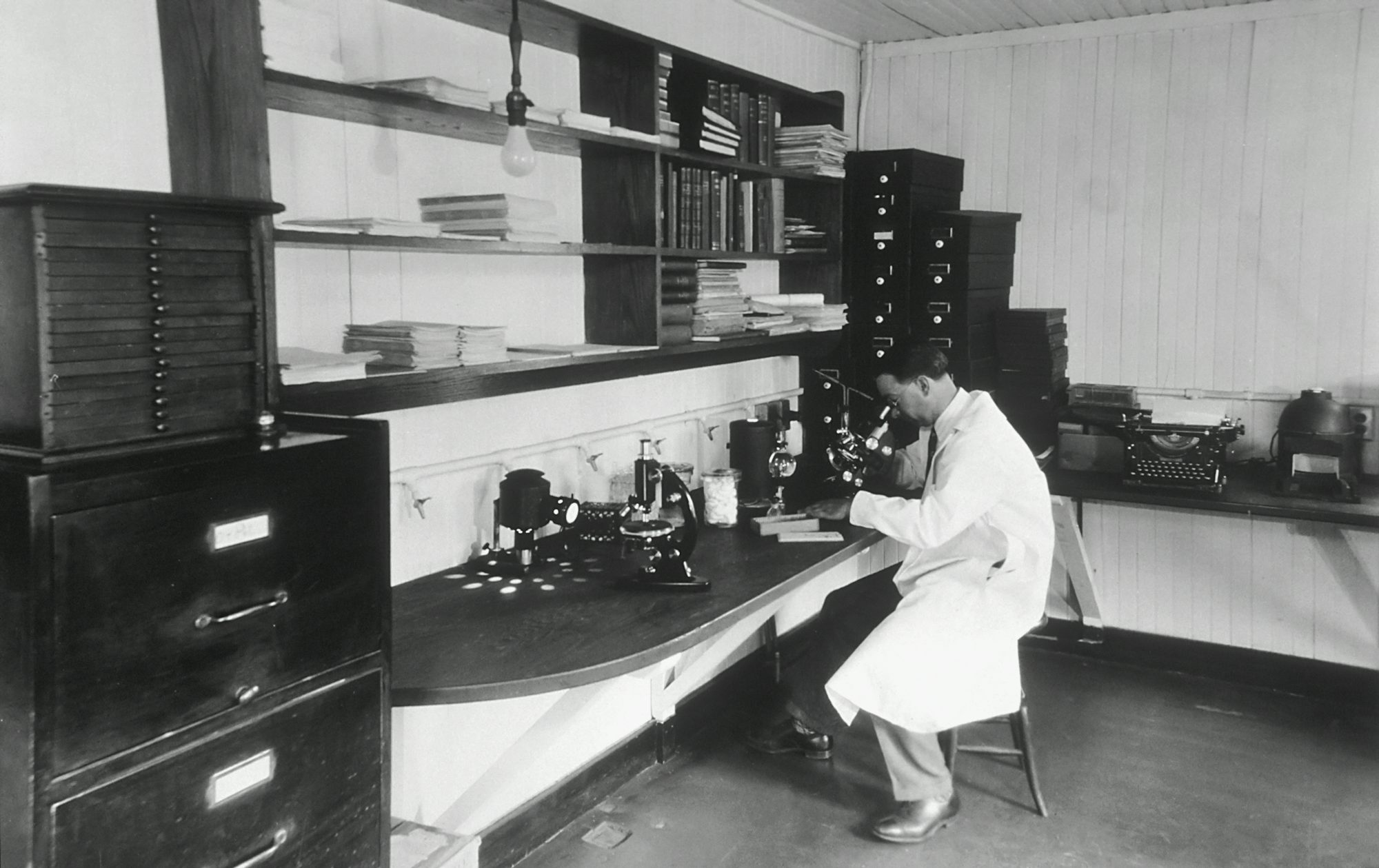
The Art gestational diabetes of Effective Communication: Building Stronger Connections
Effective communication is a cornerstone of personal and professional success. The ability to express ideas clearly and listen actively can transform relationships, improve teamwork, and foster understanding. In a world that increasingly values collaboration and connection, mastering the art of communication is more essential than ever. This article delves into the fundamentals of effective communication, offering practical techniques and strategies to enhance your interpersonal skills.
At its core, communication is about sharing information and understanding between individuals. However, many people struggle with this process due to various barriers, such as misunderstandings, assumptions, and emotional triggers. To communicate effectively, it’s important to recognize these barriers and actively work to overcome them. Start by fostering a mindset of openness and curiosity. Approach conversations with the intent to understand rather than to respond. This shift in perspective lays the groundwork for meaningful interactions.
One fundamental aspect of effective communication is clarity. When sharing your thoughts or ideas, strive to be concise and specific. Avoid jargon or overly complex language that might confuse the listener. Instead, focus on articulating your message in a straightforward manner. For example, instead of saying, “I feel like there may be some discrepancies in our project timelines that we should address,” you could say, “I believe our project deadlines need to be aligned for better efficiency.” This clarity helps to ensure that your audience understands your points and can engage with them meaningfully.
Active listening is another crucial element of effective communication. Listening is not just about hearing the words spoken; it involves fully engaging with the speaker and understanding their message. To practice active listening, maintain eye contact, nod to show understanding, and avoid interrupting. Reflect on what the speaker has said by paraphrasing or asking clarifying questions. For instance, you might say, “So what I hear you saying is…” This technique demonstrates your attentiveness and reinforces the importance of the speaker’s message.
Empathy plays a significant role in effective communication as well. Being empathetic means understanding and validating another person’s feelings and perspectives. This connection fosters trust and rapport, making it easier for both parties to communicate openly. To cultivate empathy, practice putting yourself in the other person’s shoes. Consider their emotions, experiences, and challenges. This approach not only enhances your understanding but also helps to create a more compassionate and supportive dialogue.
Non-verbal communication is equally important in conveying your message. Body language, facial expressions, and tone of voice can significantly impact how your words are received. Be mindful of your non-verbal cues, ensuring they align with your verbal messages. For example, if you are excited about an idea, your tone should reflect that enthusiasm. Conversely, if your body language suggests disinterest or distraction, it can undermine your message. Being aware of both your own non-verbal signals and those of others can enhance the effectiveness of your communication.
Providing constructive feedback is an essential skill in both personal and professional contexts. When offering feedback, aim to be specific and focused on behaviors rather than personal attributes. For instance, instead of saying, “You always miss deadlines,” try saying, “I noticed that the last two reports were submitted late. How can I assist you in managing your time better?” This approach emphasizes collaboration and problem-solving, fostering a positive atmosphere for growth and improvement.
Conflict is a natural part of human interaction, but how we handle it can significantly affect relationships. Effective communication during conflict involves remaining calm and respectful. When disagreements arise, take a moment to breathe and gather your thoughts before responding. Aim to understand the other person’s perspective and express your own views without blaming or attacking. Phrasing statements with “I” rather than “you” can reduce defensiveness. For example, say, “I feel overwhelmed when deadlines are missed” instead of “You never meet deadlines.” This shift encourages more productive discussions and promotes resolution.
Building strong relationships requires ongoing effort and communication. Regular check-ins with colleagues, friends, or family can help maintain connections and foster understanding. Consider scheduling time to engage in open conversations where everyone can share their thoughts and feelings. These interactions not only strengthen bonds but also create a safe space for addressing any concerns or misunderstandings before they escalate.
In a professional setting, effective communication is vital for teamwork and collaboration. Encourage an environment where team members feel comfortable sharing their ideas and perspectives. Regularly hold team meetings to discuss projects, goals, and challenges. Create opportunities for open dialogue and brainstorming sessions, allowing everyone to contribute. This inclusivity not only enhances creativity but also fosters a sense of belonging and shared ownership.
To further develop your communication skills, seek feedback from others. Ask trusted friends, family, or colleagues for their perspectives on your communication style. Are you clear and concise? Do you listen actively? Receiving constructive criticism can provide valuable insights and help you identify areas for improvement. Additionally, consider attending workshops or reading books focused on communication skills to expand your knowledge and techniques.
In conclusion, mastering the art of effective communication is an ongoing journey that requires practice, self-awareness, and a commitment to understanding others. By cultivating clarity, active listening, empathy, and constructive feedback, you can build stronger connections and enhance your interpersonal relationships. Whether in personal interactions or professional collaborations, effective communication lays the foundation for success, fostering trust, understanding, and meaningful engagement. Embrace these strategies and watch as your communication skills flourish, enriching both your personal and professional life.

